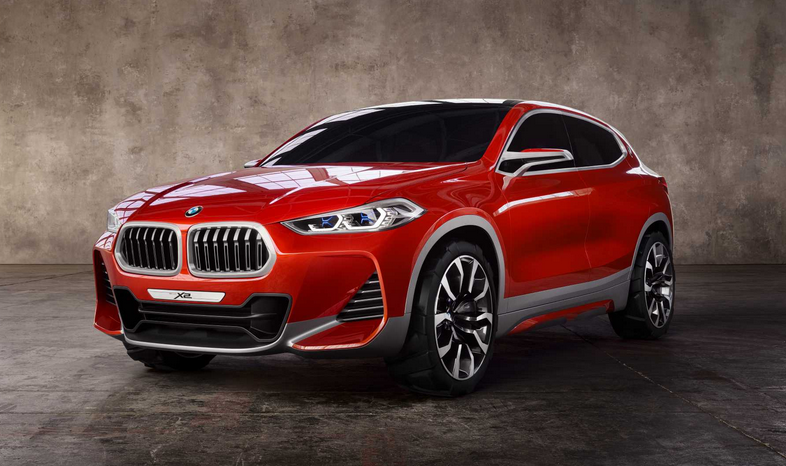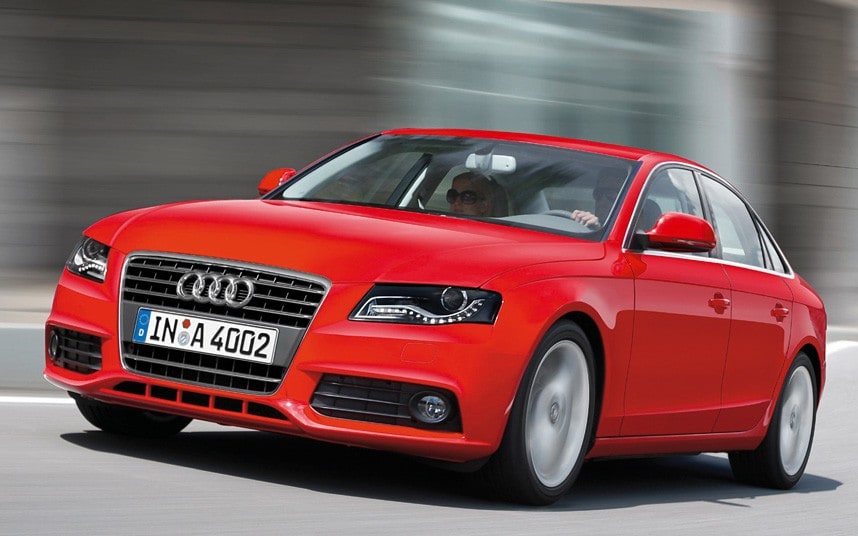New Honda CR-V receives 5-star Euro NCAP Overall Safety Rating
The new Honda CR-V has been rated one of Europe‘s safest cars, according to new independent crash testing results from Euro NCAP, receiving the maximum 5-star rating.
The rating scheme focuses on the vehicle’s overall safety performance which gives consumers an easy to understand single score. The system considers occupant protection, child protection, pedestrian protection and the availability of driver aids. Since the introduction of Euro NCAP‘s current rating scheme (February 2009) all Honda models tested have achieved 5 stars – Accord, Insight, Jazz, CR-Z, Civic and most recently the new CR-V.
The new CR-V’s top safety rating reflects Honda’s commitment to overall vehicle safety. Honda’s commitment to safety is embodied by the term ‘Safety for Everyone; safety for drivers, but also safety for passengers, pedestrians and occupants of all vehicles. Honda’s car-to-car crash test facility at the Tochigi R&D plant analyses impacts between models of different sizes and weights and develops solutions to mitigate injuries for both passengers and pedestrians.
The new CR-V is the next model in the Honda line-up to receive the new Earth Dreams Technology 1.6 i-DTEC diesel engine. The CR-V 1.6 i-DTEC is available in two-wheel drive with manual transmission and will feature 300Nm of torque and 120 PS with CO2 emissions of only 119g/km to provide an exceptional balance of performance and economy.
Editors Notes
Safety Highlights in the Honda CR-V
- Vehicle Stability Assist (VSA) with Traction Control
VSA is designed to assist the driver in maintaining control during cornering, acceleration and sudden manoeuvres by applying braking to the right- or left-hand wheels as necessary and modulating the engine torque output as required. - Motion Adaptive Electric Power Steering (MA-EPS)
The system detects instability in slippery conditions both during cornering and under braking and automatically initiates steering inputs aimed at prompting the driver to steer in the correct direction. In addition to improving efficiency and optimising driver feedback, the system helps to stabilise braking and mitigate understeer and oversteer. - Emergency Stop System (ESS)
ESS automatically activates the brake and hazard warning lights (indicators) when it detects an emergency stop situation. The lights blink rapidly to warn following vehicles that the car is stopping abruptly, reducing the risk of a collision.







